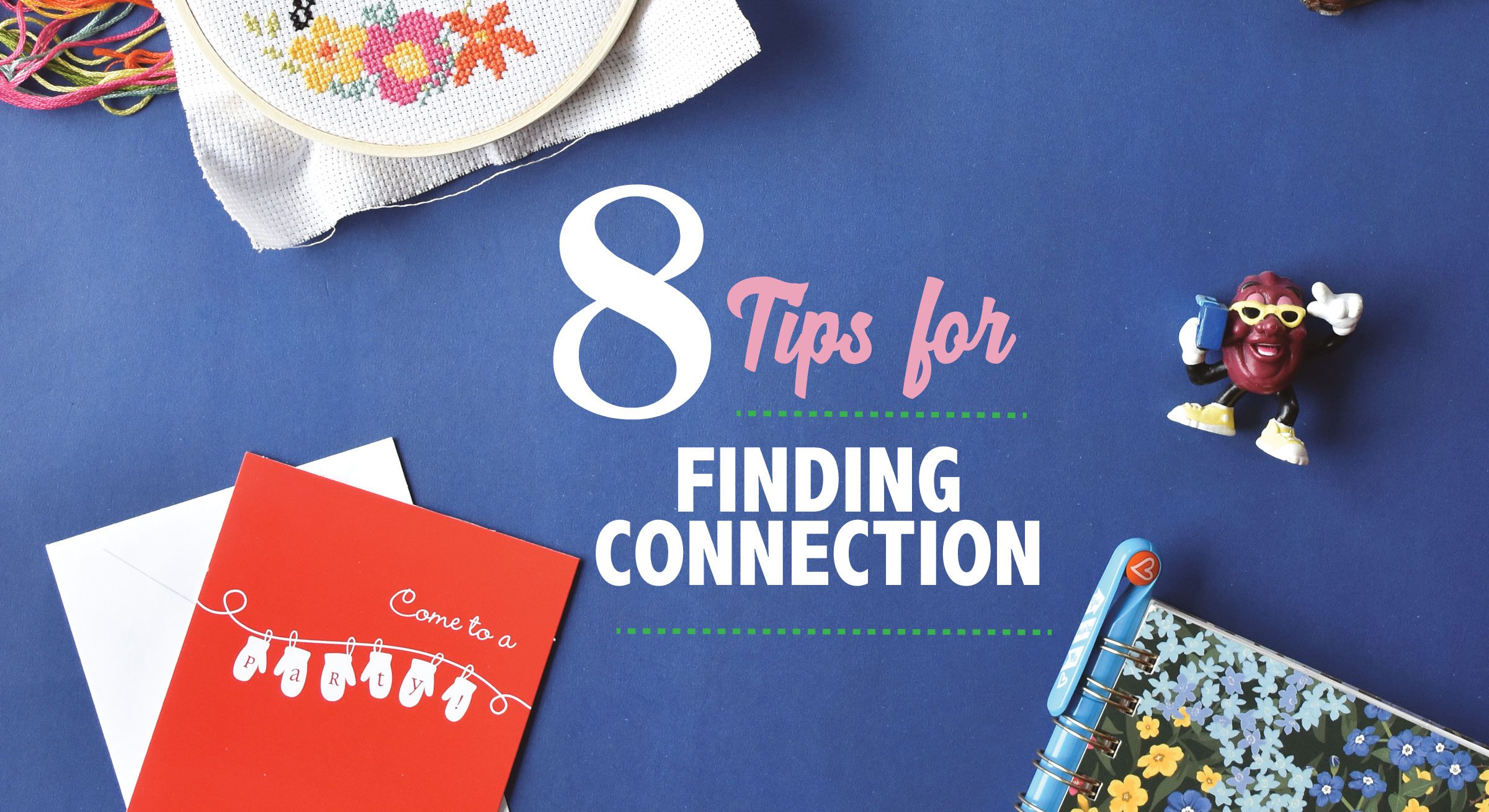How to Meditate: Some Tips!
By Thea Satrom LMT & Certified Zone Therapist • Photo by Aryn Henning Nichols
Become present, calm, and inspired. Begin meditating for 5-10 minutes today!
KEY QUESTION: Why do you want to meditate? Do you want less stress? Less worry? More focus? Sometimes the day goes by, and we realize we didn’t take any time for ourselves at all! Write down your meditation goal. It’ll be the driving force when things get rough or you fall off the meditation wagon.
First, let me say this: Meditation can be difficult. It isn’t like exercise where you can see and feel results immediately. It can be hard to see progress or to justify “simply sitting.” And yet, the brain is a muscle we can train. Britta Hölzel, PhD, one of the leading researchers of mindfulness meditation, says: “It is fascinating to see the brain’s plasticity and that, by practicing meditation, we can play an active role in changing the brain and can increase our well-being and quality of life.”
Step 1: Choose a time of day to sit for 5-15 minutes. This could be in the morning after a nice cup of tea or coffee, during a break in the day, or even before bedtime. It is helpful to choose the SAME time of day to meditate.
Step 2: Find the right space to sit. A quiet space, free from distractions, is preferred. Dim the lights or sit in darkness, if you can. Sometimes lighting a candle can also help calm and focus the mind.
Step 3: Get comfortable! It is best to keep your spine straight as the mind becomes easily distracted. Find a few blankets or a cushion to sit on in simple cross-legged position on the floor. If this isn’t comfortable, you could try sitting in a chair with your feet on the floor or lying down on the floor. However you can get comfortable, a straight spine is ideal. Make sure to note what relaxes you most – music/no music, special scents, warm or cool – every person is different.
Step 4: Focus on your breath. Begin breathing in and out through your nose. Notice how your body feels and become aware of your thoughts. Then, bring your attention to the breath. Bringing your attention to the breath connects us to our bodies and helps us become present.
Meditation #1
Begin to count your exhalations. Inhale and on your first exhalation, internally say “one”. Inhale again and on your second exhalation, internally say “two”. Notice that the “monkey mind” may have already brought you back to your work or the stress percolating or all the way to your dream vacation in Fiji. If your mind wanders, start back at “one.” See if you can get to “five” the first time around. This is surpisingly easier said than done. Our minds love to wander as they have not been trained to relax and be still. Practice this for a few days and see if you can get up to “ten.”
Meditation #2:
Envision your spine as a hollow tube. As you inhale, imagine a cold blue wave coming from the bottom of your feet to fill your spine up to the crown of your head. Once you reach the top of your head, on your exhalation, envision a warm red light coming down all the way to your feet. Repeat this for 5-10 minutes depending on how much time you have. Take a few breaths through your nose again and check in. How is your body/mind?
Notice some days are easier than others. Be gentle. This is for you. No one else knows what’s going on inside your brain so be content with your progress whatever it might be. It can be incredibly frustrating, but try to bring your attention back to the breath. It takes discipline and determination, but once we can drop the baggage and simply be, this process will lead to peace of mind.
Step 5: Stretch. Stretching before or after meditation brings better results. It is important to be comfortable when you sit.
Step 6: Get a meditation book or attend a class. There are many different styles of meditation: mindfulness, transcendental, Zen, Kriya, and Buddhist Meditation, to name a few. Experiment with different styles to see what resonates with you. I found it easiest, at first, to be guided through the meditation practice. After attending various meditation classes, I discovered the style that resonated best for me, and you will too!
———————-
Thea began Vedic meditation in 2001. In 2005 she attended Naropa University, an accredited Buddhist University where she was introduced to Mahayana Buddhism. Shortly after, traveling to New Zealand, she studied Iyengar yoga and Zen meditation with a former Zen monk. In 2009 Thea was initiated into Kriya meditation in Seattle, Washington and was fortunate to travel to India with her mother last March to study Kriya from Gurunath Yogiraj Siddhanath at his ashram in Pune.
Thea and her mother, Sonja Satrom, Licensed Mental Health Counselor and seasoned meditator, currently offer ongoing meditation classes in Decorah. They invite you to come and learn simple, effective breathing and meditation techniques during a 7-week meditation series. (at 402 Upper Broadway in Decorah) Please call or e-mail Thea Satrom 303-913-6326 theacamellia@gmail.com to register.
Or check out other meditation classes in the area here!













